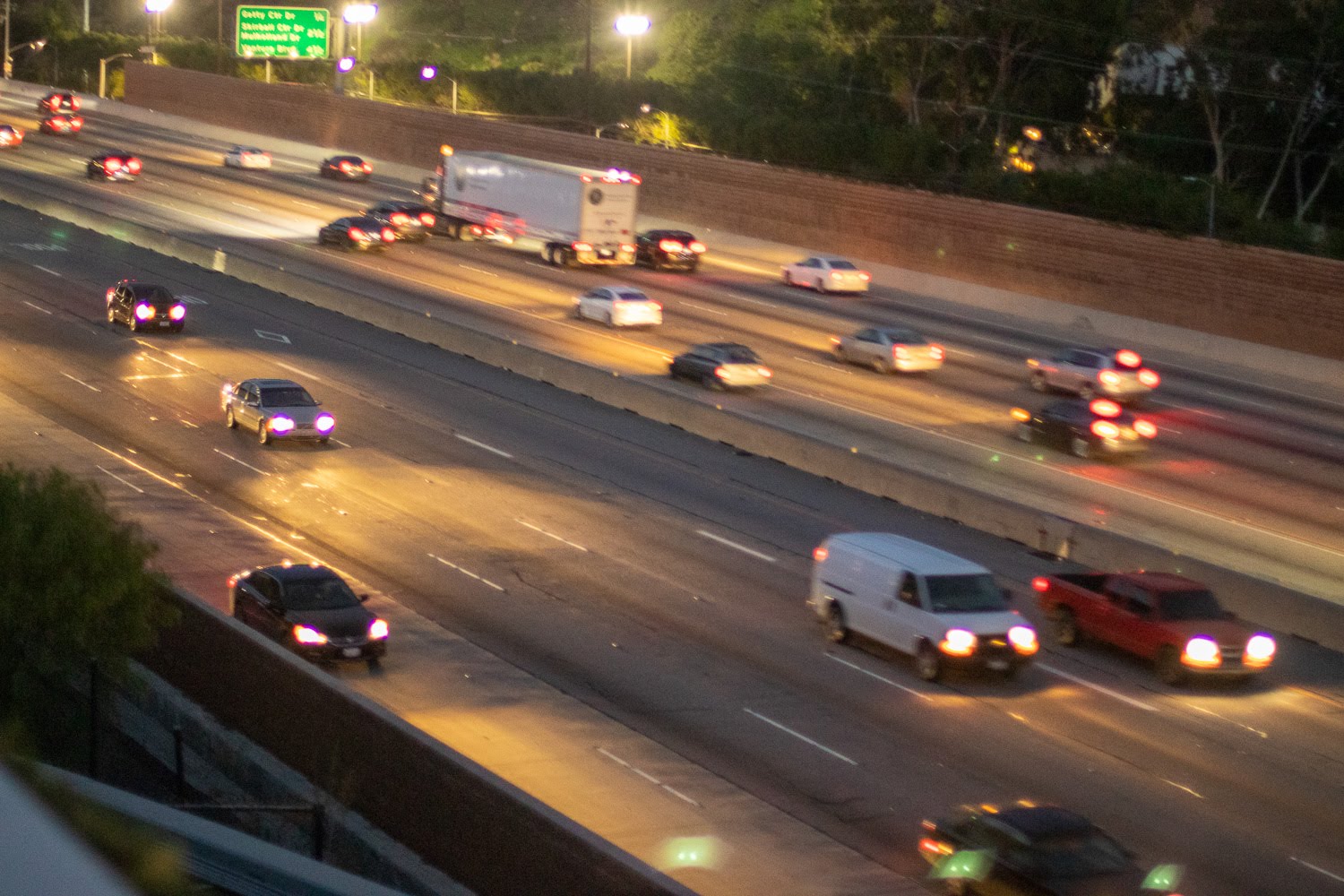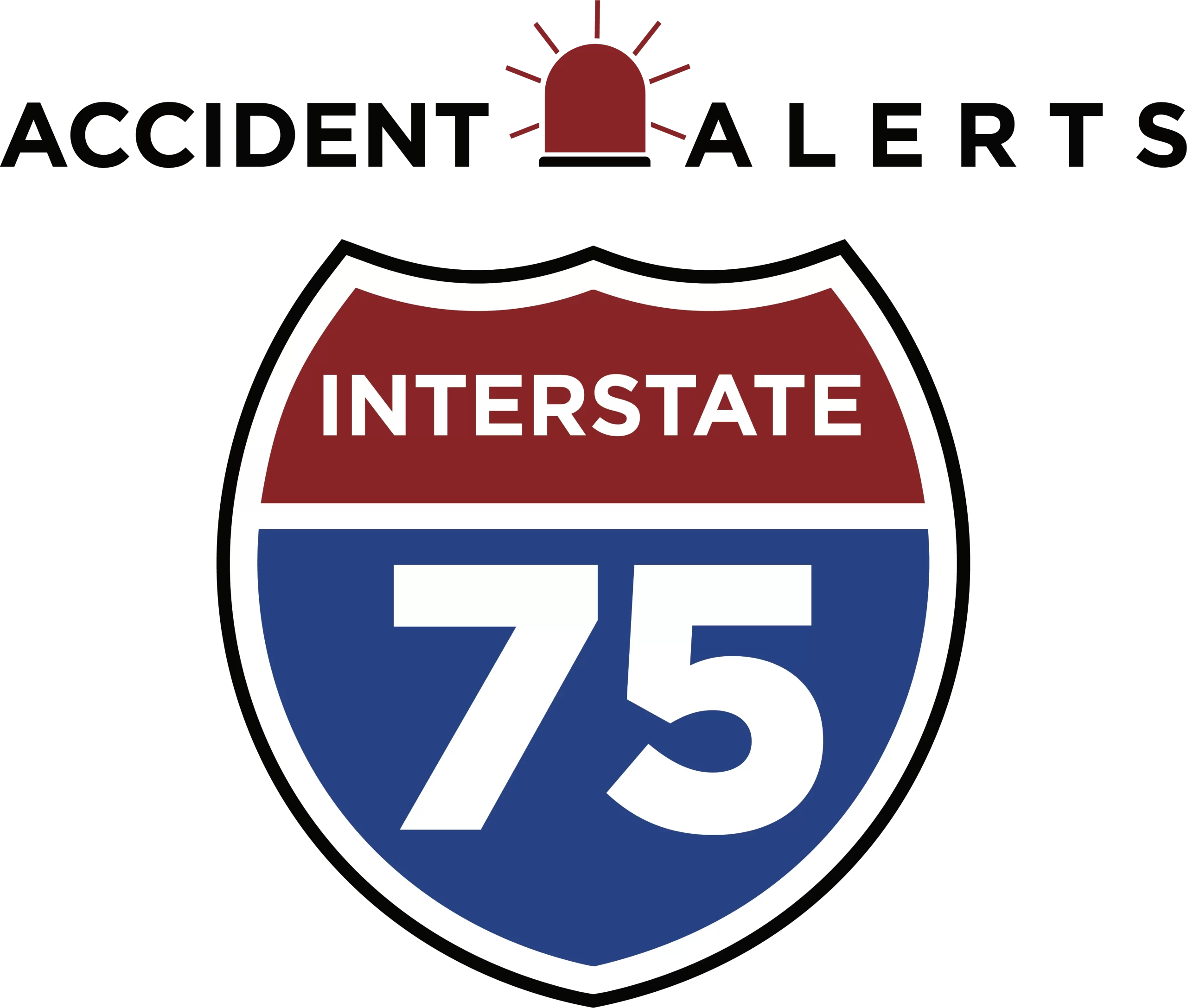
Weather Dangers Beyond Winter on I-75


Interstate 75 stretches from Florida to Michigan, cutting through eight states and a wide variety of climates. While much of the public conversation about highway weather safety focuses on ice and snow, other conditions cause year-round hazards. On I-75, these factors combine to produce countless collisions every year, often with devastating results.
Understanding how rain accidents on I-75 occur, why fog crashes on the highway are so deadly, and what precautions drivers can take in unpredictable weather is essential for everyone who travels this critical north-south route.
A Highway Defined by Weather Extremes
I-75 runs through subtropical, temperate, and Great Lakes regions. This diversity makes I-75 one of the most weather-sensitive highways in the country.
In the southern stretches, frequent thunderstorms create slick surfaces and sudden visibility loss. Moving north, the rolling hills trap fog in low-lying areas, while flat open land makes it difficult to judge distance when heavy rain or mist obscures the horizon. Each region presents different threats, but all share one characteristic—rapidly changing conditions that demand constant attention.
The Hidden Dangers of Rain on I-75
Rain is the most common weather hazard along I-75, and it plays a role in a large share of the crashes reported every year. Wet pavement reduces tire traction, lengthens stopping distances, and increases the chance of hydroplaning, even at moderate speeds. When rain first begins, oil residue on the road surface mixes with water, creating an especially slick layer that can send vehicles sliding unexpectedly.
According to the Federal Highway Administration (FHWA), about 75% of weather-related crashes in the United States occur on wet pavement, and nearly half happen during rainfall itself.
Visibility also drops sharply during downpours. Many accidents occur not just from loss of control, but from drivers following too closely or failing to see brake lights through the spray of other vehicles.
Fog: The Invisible Enemy
Few weather conditions create as much danger as fog, particularly in the valleys and low plains of Tennessee, Kentucky, and northern Georgia. Dense fog can roll in without warning, reducing visibility from hundreds of feet to only a few yards. This sudden blindness often leads to chain-reaction collisions as drivers continue at highway speeds without realizing how little they can see ahead.
A notable pattern in fog crashes on the highway involves multiple vehicles entering the same low-visibility zone before recognizing the hazard. By the time brake lights appear, it’s often too late. Even experienced drivers can underestimate the depth and density of fog patches, especially before sunrise or after rainfall.
To mitigate the danger, transportation departments along I-75 have installed variable message signs and automated fog-detection systems in some regions. These alert drivers to slow down when visibility drops below safe thresholds, but not all areas are equipped with such technology.
Storms and Sudden Weather Shifts
In the southeastern portion of I-75 tropical downpours and thunderstorms can transform driving conditions in minutes. Strong crosswinds from passing storms can push high-profile vehicles sideways, while lightning and heavy rain obscure lanes and shoulders. Farther north, late-summer storms can bring high winds and debris that linger on the roadway long after the rain has stopped.
Drivers who underestimate these storms often maintain normal highway speeds, unaware that standing water can hide deep ruts or uneven pavement. Hydroplaning incidents spike in these conditions, as do spin-outs and off-road collisions. Quick-forming storms also create a secondary danger: overconfidence. Many motorists resume high speeds as soon as rainfall lessens, even though the pavement remains slick and dangerous.
Preventing Rain and Fog Accidents on I-75
Weather-related crashes are not inevitable. A few practical habits dramatically reduce risk on rain-soaked or fog-covered highways:
- Slow down and increase following distance. Lower speeds give tires more time to disperse water and allow for safer reaction time.
- Use low-beam headlights in fog or heavy rain. High beams reflect off moisture in the air and worsen glare.
- Avoid sudden braking or sharp steering inputs. Smooth, gradual movements maintain tire traction and stability.
- Stay in your lane and follow pavement markings. In low visibility, lane discipline keeps vehicles predictable for others nearby.
Drivers should also ensure wipers, defrosters, and tires are in good condition before long trips. Poor maintenance magnifies the effects of bad weather.
Post-Crash Steps in Severe Weather
If a weather-related accident occurs, safety comes first. Move vehicles out of the flow of traffic if possible, and turn on hazard lights to remain visible to approaching drivers. Do not exit your vehicle on the roadway in fog or heavy rain—visibility for other motorists may be too poor for them to see you in time.
When conditions permit, document the scene carefully. Note weather factors such as rainfall intensity, fog density, or standing water. Photos showing vehicle positions, lane markings, and weather effects can help investigators understand how environmental conditions contributed to the crash.
Seek medical attention even for minor injuries, as shock and adrenaline often mask symptoms. Reporting the event promptly to law enforcement also ensures that weather conditions are recorded in the official report—a critical detail in insurance and injury claims.
Finding Support After a Weather-Related Crash
Accidents caused by severe weather can be complex. Insurance companies sometimes argue that bad weather, not another driver’s negligence, was the primary cause. However, many crashes involve drivers who failed to slow down, turn on lights, or maintain safe following distances—actions that remain their responsibility regardless of rain or fog.
An attorney experienced with rain accidents on I-75 and fog crashes on the highway can help gather the evidence needed to prove negligence, including traffic camera footage, weather data, and expert testimony. They can also assist with insurance disputes and ensure injured drivers or passengers receive full compensation.
If you or a loved one has been hurt in a weather-related collision on I-75, professional guidance can make a vital difference in recovery and accountability. We can connect you with an I-75 personal injury attorney who understands how to handle complex weather-related claims and will fight to protect your rights.

